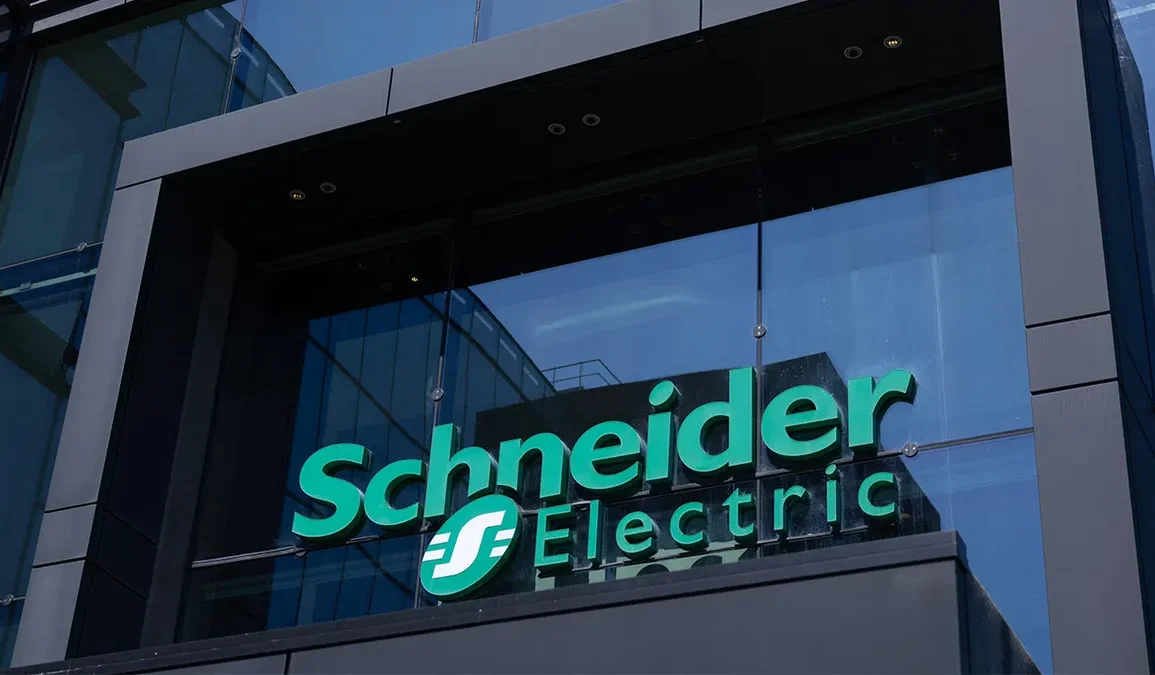Microgrids, a decentralized form of energy distribution, have seen an 11% increase in the U.S. over the past four years. These microgrids, powered by new infrastructure and clean energy sources, have proven to be a reliable and sustainable solution for various critical assets. James Potach, the senior vice president of energy & sustainability services at Schneider Electric, emphasized the benefits of microgrids in countering risks associated with the electrical grid infrastructure and harnessing renewable energy resources.
Currently, there are nearly 700 microgrids across the country, providing less than 1% of U.S. electricity. These microgrids serve a wide range of facilities, including communities, restaurants, and military bases. However, implementing microgrids can be expensive, with costs three to ten times higher than traditional grid electricity. Despite the cost, National Rural Electric Cooperative Association CEO Jim Matheson acknowledges their value in terms of reliability and resilience in specific locations.
Schneider Electric, a leading company in the field, has constructed numerous microgrids both in the U.S. and abroad. One notable project is the microgrid at Yokota Air Base in Japan, which plays a vital role in ensuring energy resilience for the U.S. military in the Indo-Pacific region. The microgrid operates in tandem with the main electrical grid but can also function independently during grid outages, providing a shield of energy resilience.
While microgrids offer backup and resilience for specific loads, they are not a comprehensive solution to the country’s overall electric reliability situation. Experts highlight the need for updating and improving infrastructure throughout the entire electric grid to protect against cyber threats and extreme weather events. Former Federal Energy Regulatory Commission Chairman Neil Chatterjee emphasized the importance of proceeding cautiously to maintain reliability and affordability.
California’s experience with a major power outage in 2011 prompted officials to explore alternative energy sources. Schneider Electric collaborated with the state to utilize large-scale renewable energy sources, ensuring the safeguarding of their electrical power for base operations. Miramar, a military base in San Diego, was able to prevent a widespread outage during a period of high energy consumption by producing its own energy and relieving strain on the grid.
Microgrids also find applications in remote areas such as Alaska, where they operate independently, and even at John F. Kennedy Airport’s TWA Hotel, which utilizes an isolated microgrid system. Additionally, Florida’s Babcock Ranch community is exploring the integration of microgrids in certain neighborhoods, aiming to become self-sufficient in terms of energy consumption.
Babcock Ranch, powered mostly by solar energy, serves as a living laboratory for testing various technologies. The community generates enough solar power to meet daytime energy needs and stores additional output. During nighttime, natural gas from Florida Power & Light supplements the solar energy. The community’s resilience was put to the test during hurricane season, where it withstood Hurricane Ian with minimal damage and maintained power and water services.
As microgrid technology continues to advance, it holds promise for enhancing energy reliability and resilience in specific locations. However, experts emphasize the need for comprehensive infrastructure updates across the electric grid to ensure protection against various threats. While microgrids offer localized solutions, a holistic approach is necessary to secure the country’s overall electric reliability.




